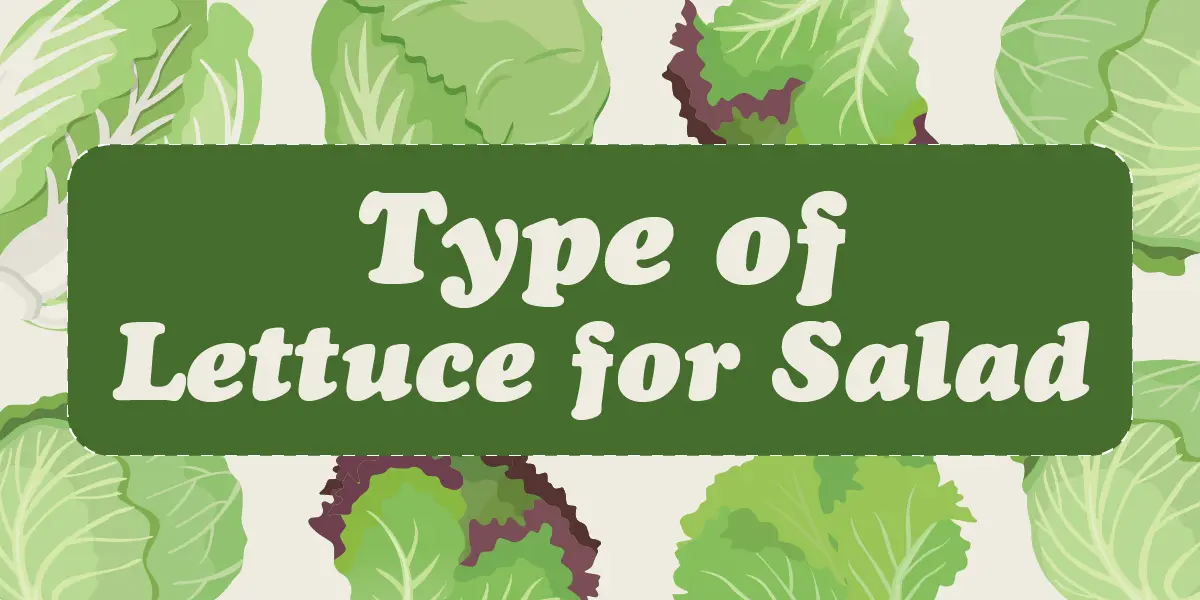Which produce goes bad fastest after a trip to the market?
A betting person would say “lettuce,” with some varieties wilting almost as soon as they hit the shopping bag.
It doesn’t have to be this way. Homegrown lettuce is:
- Fresher
- More flavorful
- More nutritious
- It’s even prettier!
And in Southern California, you can grow it year-round! So what’s stopping you? Fear? Inertia? Lack of space? All these barriers soon fall by the wayside when you take the first brave steps toward lettuce independence.
6 Types of Lettuce to Grow in LA
1. Parris Island Cos (Romaine Lettuce)
Parris Island Cos is a fan favorite for its robust texture and fresh bite. The stiff ribs hold dressing without drooping. Its elongated leaves make an excellent companion to other greens in a salad bowl, and can even be charred on the grill!
Features
- Flavor and Texture: Crisp, slightly sweet, with a refreshing crunch.
- Best Uses: Caesar salads, wraps, and grilling.
Benefits
- High in vitamins A and K.
- Rich in antioxidants and dietary fiber.
- Grows well in both warm and mild climates.
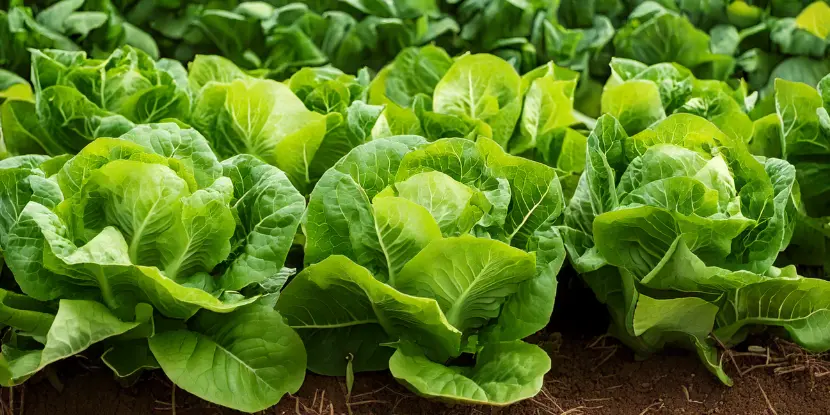
Parris Island Cos is an excellent companion for other greens in a salad bowl, and can even be charred on the grill!
2. Buttercrunch (Butterhead Lettuce)
Buttercrunch has velvety, loosely coiled leaves that contrast nicely with crunchy toppings like nuts or croutons.
Key Features
- Flavor and Texture: Buttery, soft, and tender with a mild, slightly sweet flavor.
- Best Uses: Delicate salads, garnish, or lettuce wraps.
Benefits
- Thrives in small spaces, including containers.
- Perfect for diners who prefer a less “crisp” lettuce.
- Packed with moisture and potassium.
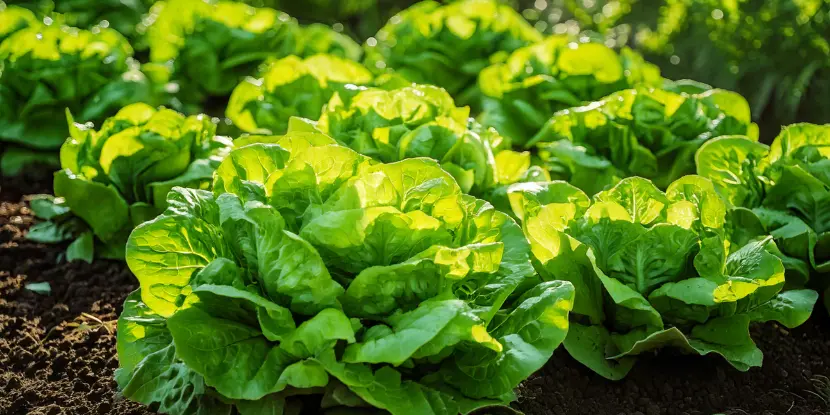
Buttercrunch has velvety, loosely coiled leaves that contrast nicely with crunchy toppings like nuts or croutons.
3. New Red Fire (Looseleaf Lettuce)
The leaves of New Red Fire don’t form a tight head, which makes them grow faster and easier to pick. Its vibrant red hue adds visual interest to a plate.
Key Features
- Flavor and Texture: Mildly sweet with tender, frilly, bright-red leaves.
- Best Uses: Mixed green salads, lending color and variety to dishes.
Benefits
- Eye-popping color that enhances food presentation.
- High in antioxidants like anthocyanins, which are linked to anti-inflammatory benefits.
- Grows quickly, making it ideal for multiple harvests.
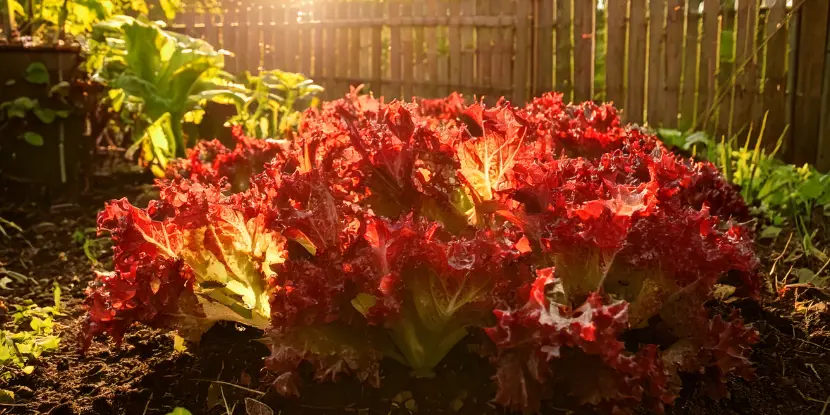
New Red Fire lettuce is mildly sweet with tender, frilly, bright-red leaves.
4. Sierra (Batavian or Summer Crisp Lettuce)
Sierra is one of the most heat-tolerant varieties. It flourishes even in warmer conditions, and its slightly firmer texture matches well with creamy dressings or vinaigrettes.
Key Features
- Flavor and Texture: Slightly nutty and sweet, with a balance of tenderness and crunch.
- Best Uses: Layering in sandwiches or hearty salads.
Benefits
- Resistant to bolting, making it a garden favorite during hot months.
- Keeps its crunch longer after harvesting.
- Contains antioxidants that promote eye and skin health.
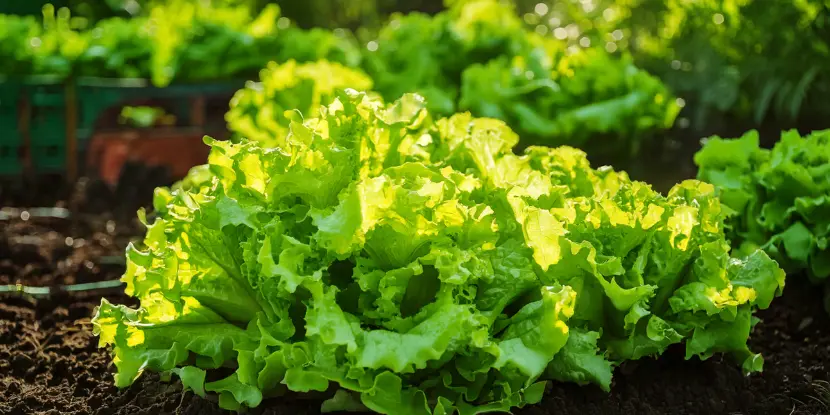
Summer Crisp lettuce is one of the most heat-tolerant lettuce varieties.
5. Monte Carlo (Romaine Lettuce)
Chefs and gardeners love Monte Carlo for its tall heads and dense canopy. It holds up even with heavy toppings like bacon or roasted vegetables.
Key Features
- Flavor and Texture: Crisp, juicy, slightly sweet and aromatic.
- Best Uses: Caesar salads, stir-fries, or sandwiches.
Benefits
- Resists common lettuce diseases.
- Consistently crisp even after harvesting.
- High in potassium, aiding in muscle function.
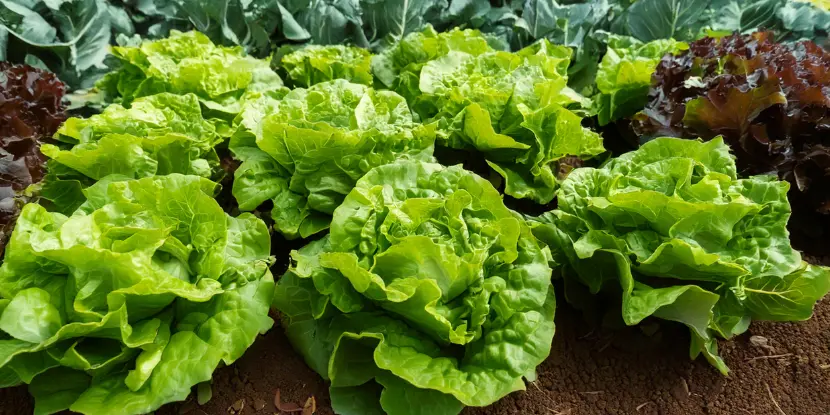
Chefs and gardeners love Monte Carlo lettuce for its tall heads and dense canopy.
6. Crispino (Iceberg or Crisphead Lettuce)
Crispino delivers the classic crunch we associate with traditional iceberg lettuce. While it has a reputation for being low in nutrients, its hydrating properties and adaptability in recipes make it a good choice.
Key Features
- Flavor and Texture: Crunchy and watery, with a neutral flavor.
- Best Uses: Burgers, tacos, and refreshing salad bases.
Benefits
- Refreshingly crisp and hydrating.
- Long shelf life compared to other lettuce types.
- A favorite for adding bulk to salads and meals.
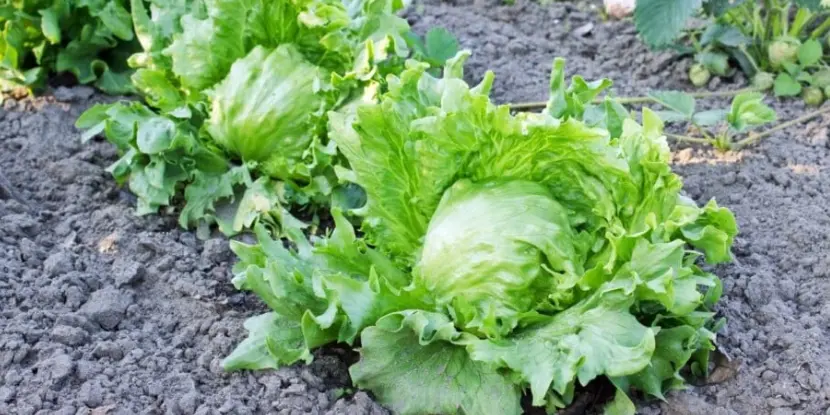
Crispino delivers the classic crunch we associate with traditional iceberg lettuce.
Steps for Planting Lettuce
When to Plant
- Lettuce thrives in cooler temperatures, so aim to plant it in early spring or late autumn.
- For California gardeners, planting in shaded areas extends the growing season in warmer months.
How to Plant
- Seeds: Sow seeds directly into soil about 1/4 inch deep. Space them 12 inches apart for head lettuces and 4 inches apart for leaf varieties.
- Transplants: Purchase young lettuce plants to get a head start. Space them carefully to allow for full growth.
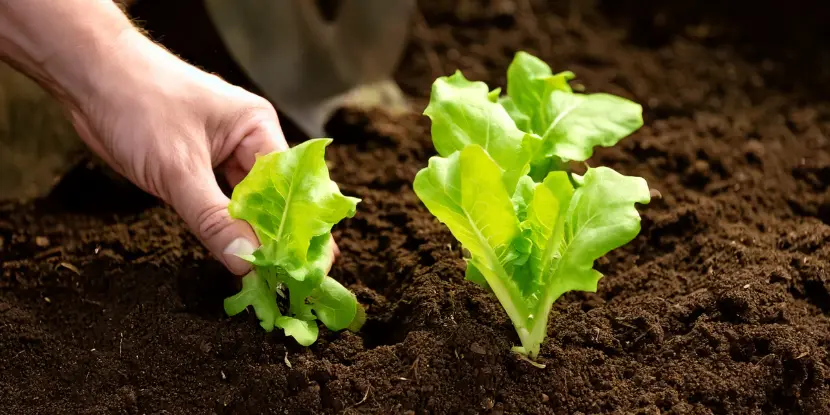
Space head lettuces 12 inches apart, and leaf varieties 4 inches apart.
Lettuce Care
Water
- Lettuce prefers consistently moist soil, but overwatering can cause root rot.
- Water early in the morning to minimize evaporation.
Soil
- Use nutrient-rich, well-draining soil with a slightly acidic to neutral pH ranging from 6.0 to 7.0.
- Add agricultural lime or wood ash to raise the pH.
- Amend the soil with elemental sulfur or organic matter like peat moss to lower it.
- Supplement with compost or organic matter for better growth.
Temperature
- Ideal temperatures range between 60–70°F.
- Use shade cloth for protection during hotter days.
Fertilizer
- A balanced, nitrogen-rich fertilizer supports leafy growth.
- Avoid over-fertilizing, which can lead to bitter leaves.
Pests & Diseases
- Common pests include aphids and slugs. Use natural pest control methods like neem oil or diatomaceous earth.
- Ensure proper airflow around plants to prevent diseases like downy mildew.
Harvesting Lettuce
Harvesting lettuce is as simple as snipping! Monitor your plants for harvest-readiness:
- Leaf lettuce varieties can be picked at any stage. Just trim the outer leaves and allow the center to continue growing.
- For head lettuce, wait until the head feels firm and fully formed. Cut the base with a sharp knife.
Store your lettuce in the refrigerator wrapped loosely in a damp cloth or paper towel to retain freshness.
FAQs: Lettuce Types
Q: What’s the difference between looseleaf and head lettuce?
Looseleaf lettuce doesn’t form a compact head, while head lettuce grows with tightly wrapped leaves.
Q: What’s the healthiest type of lettuce?
Romaine is considered nutrient-dense, with high levels of vitamins A and K, but all lettuce varieties have unique nutritional benefits.
Q: Can I grow lettuce indoors?
Yes! Use containers with proper drainage and place them near a window with ample sunlight.
Q: Which lettuce is the easiest to grow?
Looseleaf types like New Red Fire are beginner-friendly and grow quickly.
Q: Why is my lettuce bitter?
Bitterness typically occurs when lettuce is grown in hot weather or hasn’t been watered consistently.
Q: Can lettuce grow back after harvesting?
Many leaf lettuce varieties will regrow if you trim them correctly.
Q: What’s the best dressing for each type of lettuce?
Romaine pairs well with Caesar dressing, butterhead shines with vinaigrettes, and iceberg complements creamy dressings. Experiment to find your favorite!
Q: Why is my lettuce bolting?
Bolting happens when temperatures are too high, or plants are stressed, causing them to produce flowers.

